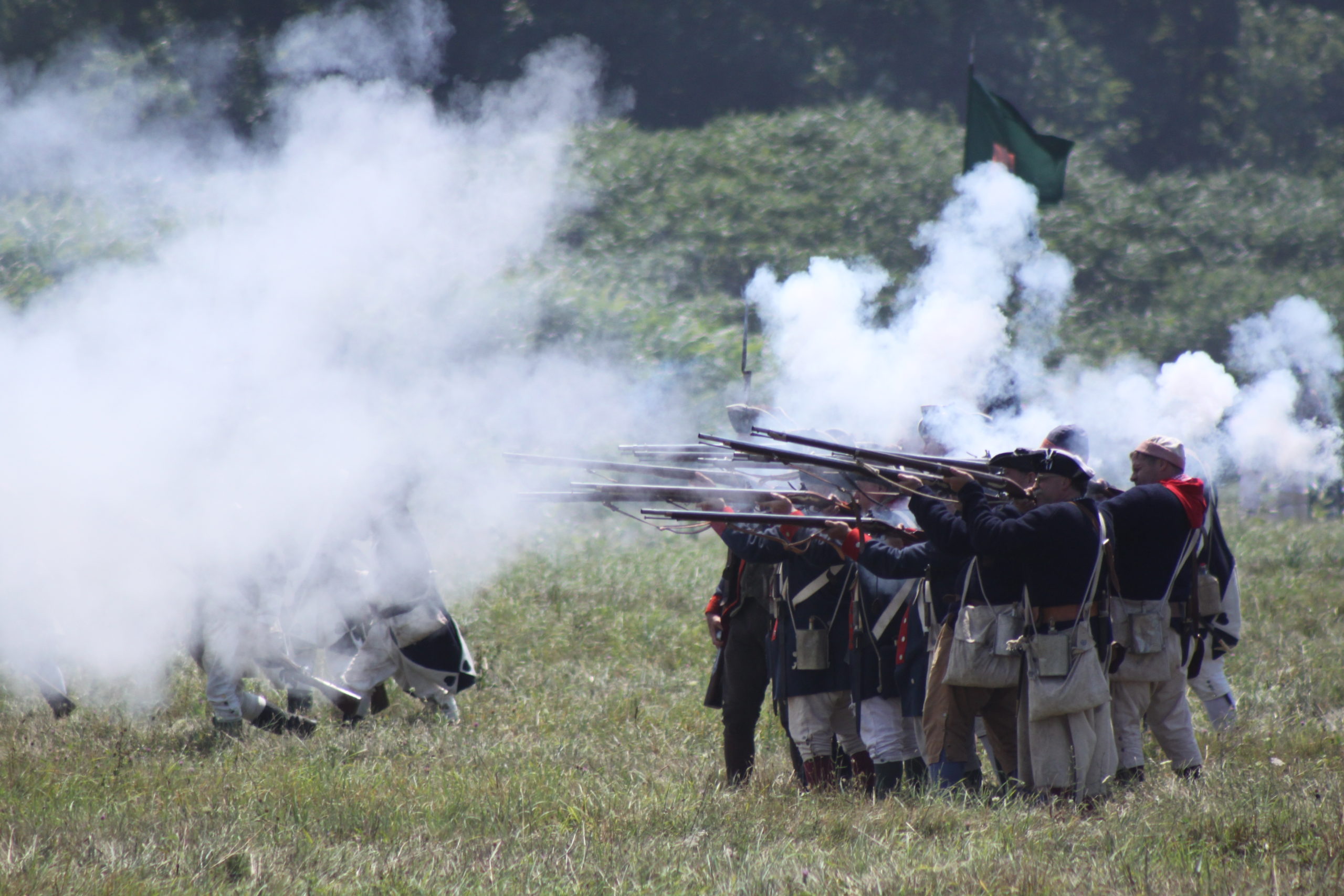
“Men admired him. Women found him irresistible. He had everything going for him. Until something festering inside him drove him to kill.”
By E. Lawrence Abel
ONE HUNDRED AND fifty-three years after John Wilkes Booth’s death, historians and the public continue to be intrigued by the most notorious assassin in U.S. history. Not only because the 26-year-old actor and Confederate sympathizer altered the course of the nation when he gunned down President Abraham Lincoln at Ford’s Theatre in the dying days of the Civil War, but also because he was the unlikeliest of killers. A major celebrity in his day, Booth was handsome, charming, cultured, and good-mannered. Men admired him. Women found him irresistible. He had everything going for him — until something festering inside him drove him to kill. But his political plots did not detract from his other scandalous pastime: chasing women. Consider the following.

Booth always made time for philandering
Before hatching his infamous scheme to assassinate Abraham Lincoln, Booth was planning to kidnap the President and bring him to the Confederate capital of Richmond, Virginia. He hoped that the South could use his high-profile hostage to barter for the release of Confederate prisoners-of-war. It was only when his plans faltered that his mind turned to murder.

Yet, amid his various plots, Booth’s thoughts were never too consumed with intrigue to pass up an opportunity to enjoy the company of women.
In fact, while planning the kidnapping, Booth still found time to arrange for 18-year-old Isabel Sumner to run away from home and meet him in New York—a scandalous undertaking for a girl from a respectable Boston family. Even the night before Lincoln’s death, Booth spent the evening with Ella Starr—a 19-year-old prostitute whose romantic obsession with the actor would soon make her a key player in one of America’s most infamous crimes.

He made a prostitute an unwitting conspirator
Starr’s infatuation ran surprisingly deep. In fact, she confessed to Booth that she’d do anything that pleased him. He soon used the young woman in a simultaneous plan to target Lincoln’s Vice President, Andrew Johnson.
Aware of the Veep’s own weakness for women, Booth cleverly dispatched Starr to a D.C. hotel to “entertain” Johnson on the night of the assassination. He instructed her to leave the door slightly ajar—which would render the distracted VP vulnerable to another of Booth’s accomplices, George Atzerodt. The plan almost worked. The 29-year-old would-be gunman got to Johnson’s slightly open door, but reportedly lost his nerve and fled the scene. Later, when a messenger came to inform the Vice President of the attack on Lincoln, it took the VP some time to answer the door—which implies that he may have needed to hide Ella to avoid scandal.
Once Starr learned how Booth had so callously embroiled her in the botched assassination, she attempted suicide, but failed. The headlines the next day named her as Booth’s mistress. Although she was thoroughly interrogated, she was never charged as a conspirator.

He was secretly engaged
At the same time Booth was spending nights with respectable women and prostitutes, he betrothed himself to another lover he referred to only as, “a lady in Washington.” This woman whom he claimed to be “in love with” was a senator’s daughter, Lucy Hale. The two were secretly promised to each other in March 1865 and exchanged poems. Yet considering his loose lifestyle, Booth’s love for Lucy was not enough to bind him to her.

Twelve days after his crime, Booth was shot dead in a confrontation with Federal troops in northern Virginia after a barn in which he was hiding was set ablaze. In his pocket: one photo of his fiancée and photos of four other women. After the assassination, Lucy’s family frantically covered up the engagement and whisked her out of the country.
 These are just a few of the roguish ventures of John Wilkes Booth. To learn more about the scandalous love life of the most notorious assassin in U.S. history, order a copy of John Wilkes Booth and the Women Who Loved Him by E. Lawrence Abel on Amazon or at your local Barnes & Noble or Books-A-Million.
These are just a few of the roguish ventures of John Wilkes Booth. To learn more about the scandalous love life of the most notorious assassin in U.S. history, order a copy of John Wilkes Booth and the Women Who Loved Him by E. Lawrence Abel on Amazon or at your local Barnes & Noble or Books-A-Million.










Excellent article. Brought up information I had never seen before. Good photos. Shows scholarly research. Waiting to see more of this author’s work.
No evidence about Ella Starr seeing Booth before the assassination nor about her being involved with Johnson etc. Lots of speculation as opposed to solid research in this book.